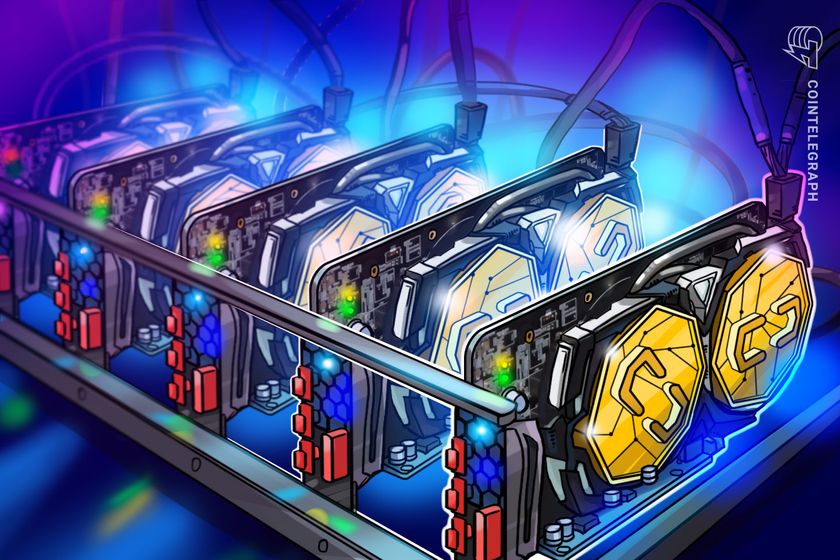
Rarible has cemented its commitment to NFT royalty enforcement by launching a testnet for an EVM-compatible chain with embedded royalties on the node level.
The RARI Foundation, the nonprofit arm of the Rarible ecosystem, officially released a testnet for an EVM-equivalent blockchain called “RARI Chain,” with royalties embedded into its nodes.
In an announcement sent to Cointelegraph, the RARI foundation said the RARI Chain will be a nonfungible token (NFT) infrastructure solution built on Arbitrum. With royalties embedded on the node level, the RARI foundation said that creators will have the tools they need to be successful in their endeavors.
The move follows a recent uptick in Rarible’s trading volume after demonstrating its NFT marketplace’s commitment to royalties. On Aug. 23, the 24-hour trading volume on Rarible jumped nearly 585% after it removed marketplaces that don’t support royalties and royalty enforcement to its aggregation data.
1/ Following @rarible's decision to maintain creator royalties, and remove both @opensea and @blur_io from their aggregation data, Rarible's trading volume is up 637% in the past 24h.
— DappRadar (@DappRadar) August 23, 2023
Do you think Rarible is right?
View @rarible on DappRadar https://t.co/9hh0AQa7Nj pic.twitter.com/cg1dPChYar
Jana Bertram, the head of strategy at RARI Foundation, said in a statement that creators are the driving force behind the expansion of NFTs. Bertram explained:
“To ensure a sustainable economy, it is crucial to provide them with tools and environments contributing to their success. Our commitment is embedded in preventing the disintermediation of creators from the Web3 growth.”
Meanwhile, Rarible co-founder Alex Salnikov said they believe Web3 should be a “creator-centric ecosystem” that allows artists to thrive. Salnikov claims that the RARI Chain is a move to protect creators’ earnings. “By enforcing royalties at the node level, we are ensuring that creator royalties are more than just a promise, they are a guarantee,” he said.
Related: User claims $11M in Blur token rewards at NFT marketplace’s season 2 airdrop
According to the announcement, their partners Arbitrum, LayerZero, WalletConnect, and many others will actively contribute support to the new chain. Nina Rong, the head of ecosystem development at Arbitrum Foundation, also commented on the new development, saying that creators deserve to be “fairly rewarded” for their efforts. The executive highlighted that royalty enforcement at the node level is a significant step in achieving this.
Magazine: 65% plunge in Web3 Games in ’23 but ‘real hits’ coming, $26M NFL Rivals NFT: Web3 Gamer








